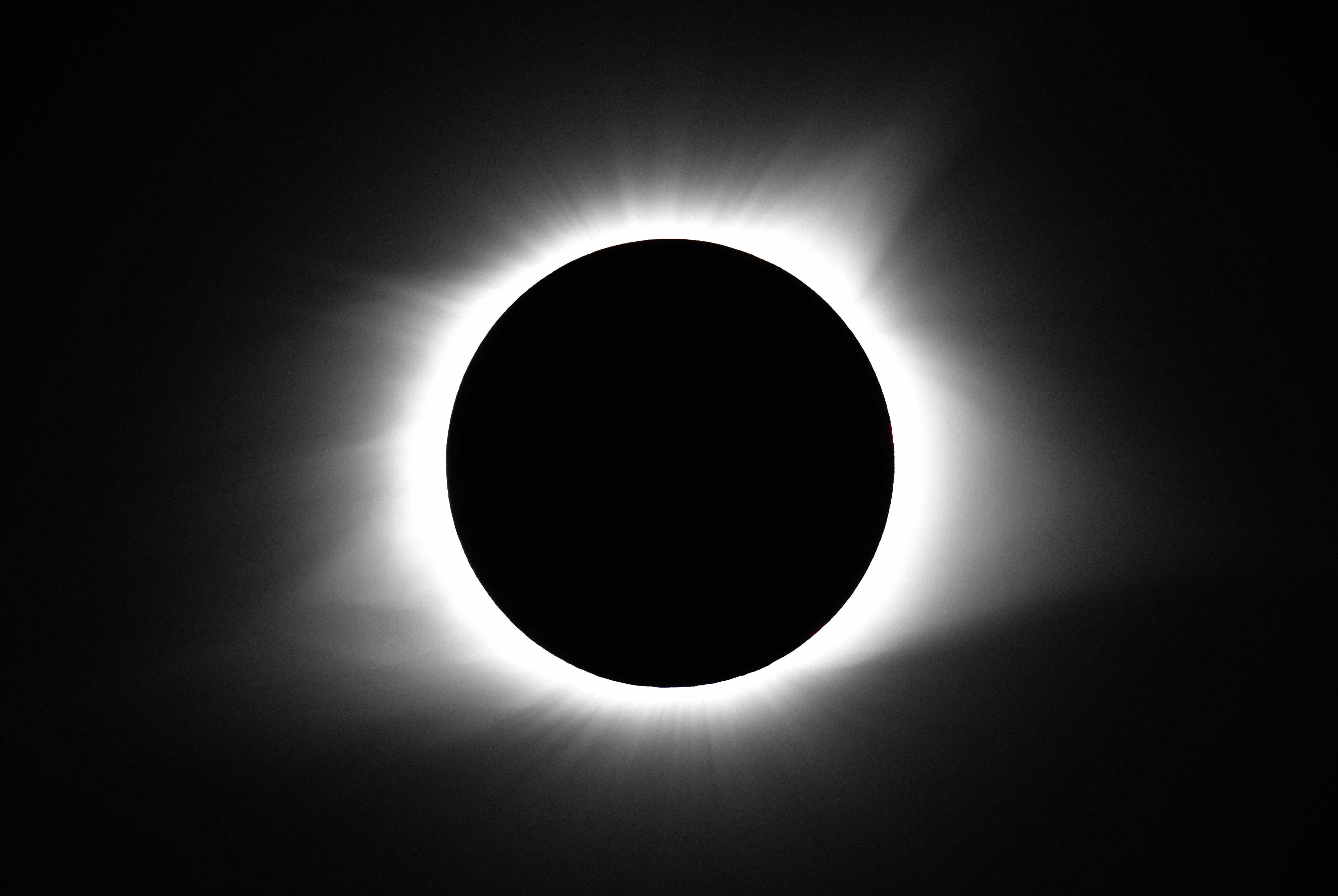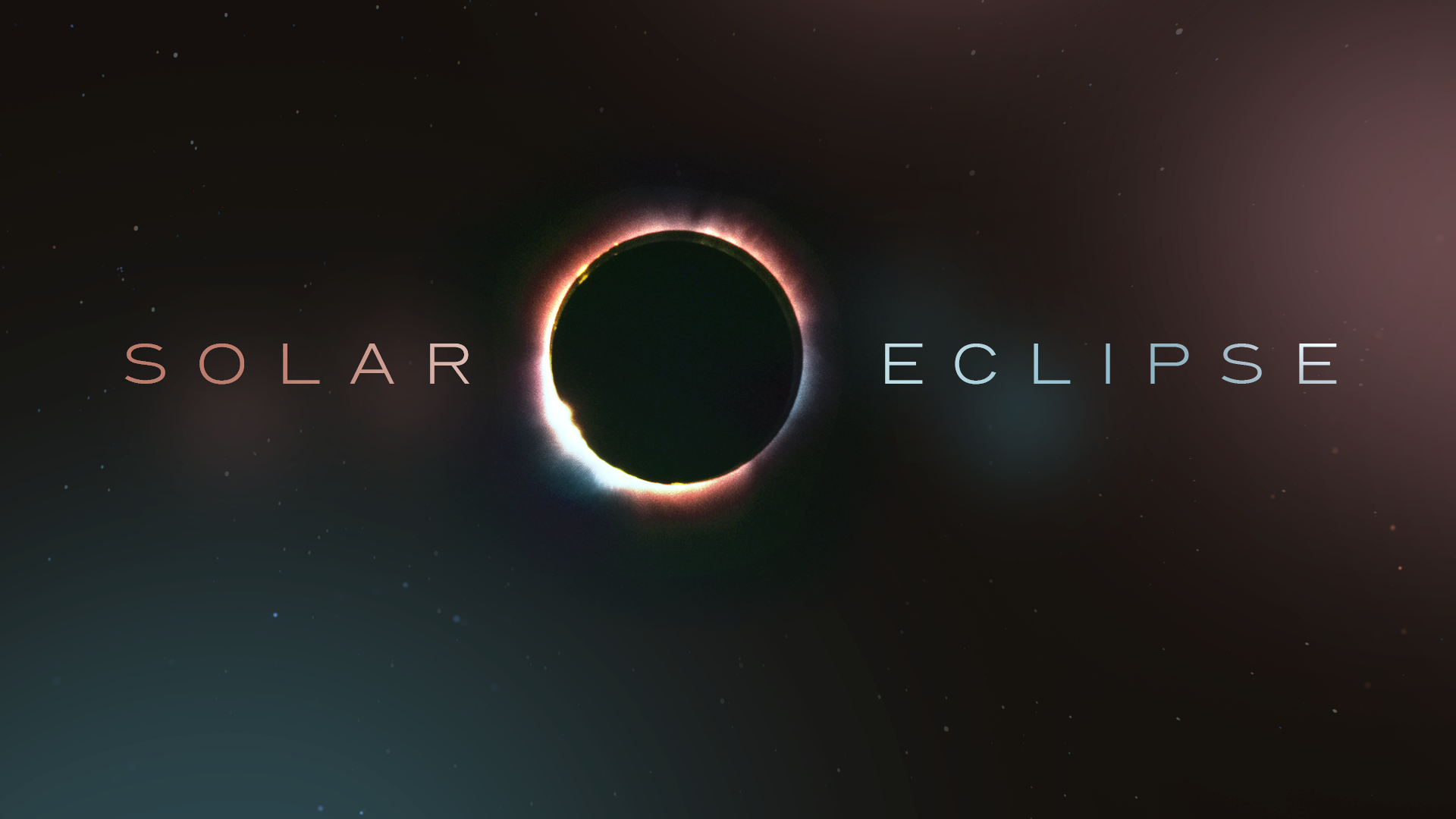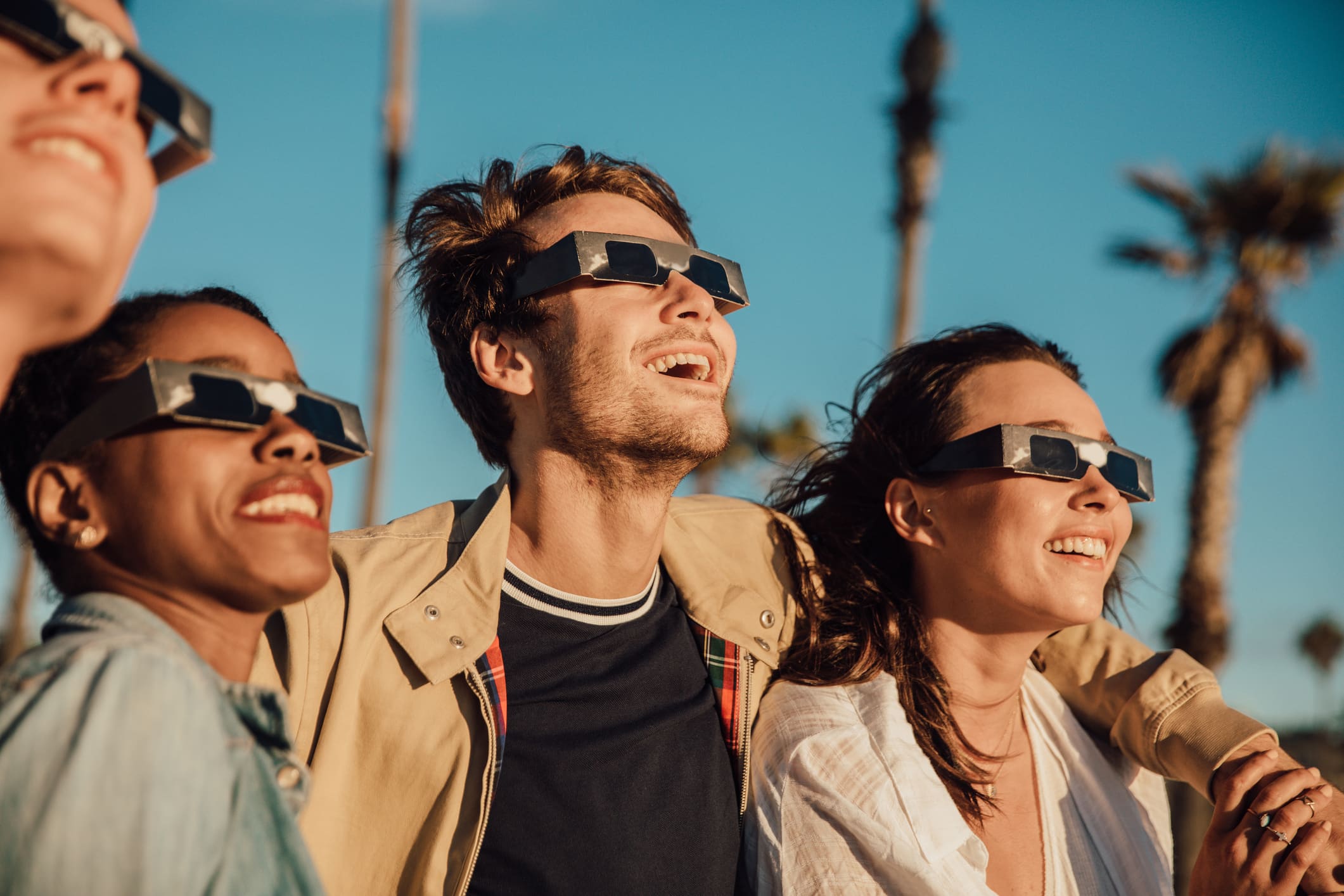One week from Monday a total solar eclipse will pass through North Texas. Astronomers Monday told NBC 5 it's an event that won't happen again in the same spot for another 375 years.
Forecasters predict the sky will be cloudy, but that has not stopped organizers from preparing for thousands of people.
Leaders at the Perot Museum of Nature and Science are expecting seven thousand people. Tickets sold out in December.
On Monday, young students and families filled the astronomy exhibits at the museum. NBC 5 spoke there with Dr. Jeff Rich, an astronomer who flew into Dallas from the Carnegie Observatories. He's on a team of twenty-nine in North Texas this week to explain the historic event to students at several school events.
Get DFW local news, weather forecasts and entertainment stories to your inbox. Sign up for NBC DFW newsletters.
“It gets people thinking about the wider universe and look up and kind of how things work," said Dr. Rich.
Rich says that just like a cloudy horizon makes a sunset unique, he hopes for the same experience with a cloudy sky during the eclipse.
“It’s still kind of an interesting, eerie, and unique phenomenon. Even if there are clouds, it depends how thick the clouds are. The colors change. It will get dark. You may see hints of the eclipse through the clouds," said Dr. Rich.
Plus, Rich says the eclipse offers a rare glimpse for science professionals like him to study the sun's corona—or outer rings—which are hotter than the star's surface. They only get this chance when a new moon passes in front of the sun like it will next Monday.
“This will be my first total eclipse. I’m really excited about it. We’ve been working for two years with Carnegie Science," said CEO of the Perot Museum of Nature and Science, Linda Silver.
Silver says the large events will go forward with the clouds because the main aspect - midnight darkness in the middle of the day - will happen either way.
She's hoping the forecasters have it wrong.
“If they say it’s going to be cloudy, then it probably won’t be, right? I’m hoping that it won’t be cloudy, but if it is, it will at least be partially cloudy," said Silver.
Ken Ruffin, President of the North Texas chapter of the National Space Society, agrees there will be two experiences: one for the public and one a little more technical for the science professionals. A large amount of equipment will be pointed toward the eclipse in the hopes of getting new information.
“Worst case scenario, if it’s completely overcast, it will go from an overcast daytime sky to an overcast nighttime sky. It’s going to get dark regardless," said Ruffin. "But from a space perspective there will be every astronomical instrument, meaning telescopes, meaning space probes that study the sun anyway, they will all be pointed in that direction towards the sun."
A solar eclipse will occur over North Texas for several hours on April 8, 2024. The partial eclipse will begin at 12:23 p.m. and end at 3:02 p.m. Totality will last only minutes, from about 1:40 p.m. until 1:44 p.m., depending on location. The event is truly a rare occasion. Another total solar eclipse won't occur over the United States until 2044 and the National Weather Service says there won't be another in our region until 2317.
MAP OF SOLAR ECLIPSE PATH
LOOKING AT THE ECLIPSE? USE PROPER EYE PROTECTION!
Anyone looking at the solar eclipse on April 8 should view the partial eclipse ONLY with proper eye protection.
Looking at the sun during a partial eclipse can lead to solar retinopathy, a condition that occurs when someone looks directly at the sun and damages the back of the eye or the retina. The damage from solar retinopathy can be permanent and lead to an overall reduction in the sharpness of a person's vision.
Sunglasses don’t offer enough protection. Solar glasses meeting the ISO 12312-2 international standard are thousands of times darker than sunglasses.
Astronomer Rick Fienberg told NBC 5 Responds that simply looking for a product with the ISO designation printed on the product isn’t enough because anyone can print that number on a pair of glasses. Fienberg is a volunteer with the American Astronomical Society’s Solar Eclipse Task Force and maintains this list of suppliers and distributors of solar viewing glasses and equipment.
Plan ahead, but if you can’t find enough eclipse viewers for each person in your family then make plans to share.
If you have eclipse glasses from a previous eclipse, look them over to make sure the filters are not torn, scratched, or punctured. If filters are coming loose from their cardboard or plastic frames, don’t use them.
If you don’t have glasses or equipment, there are indirect ways to view the eclipse. Check out this page for instructions.
Once in totality, it’s safe to look at the moon and corona without special glasses but ONLY while the moon completely covers the sun.




